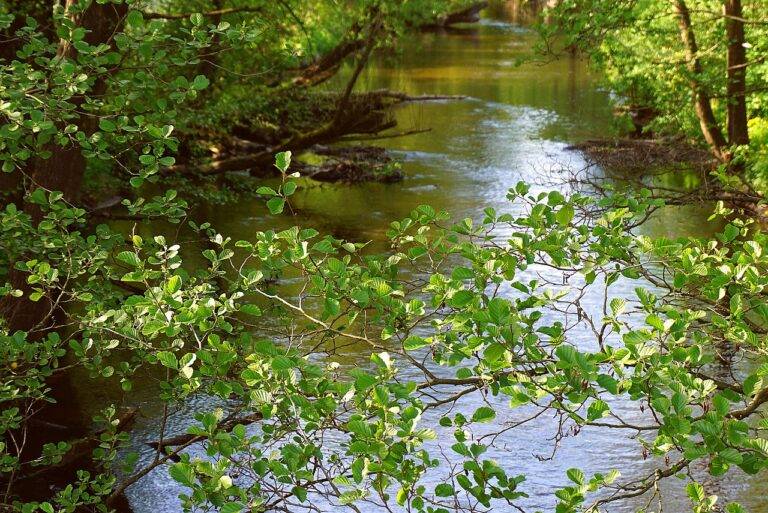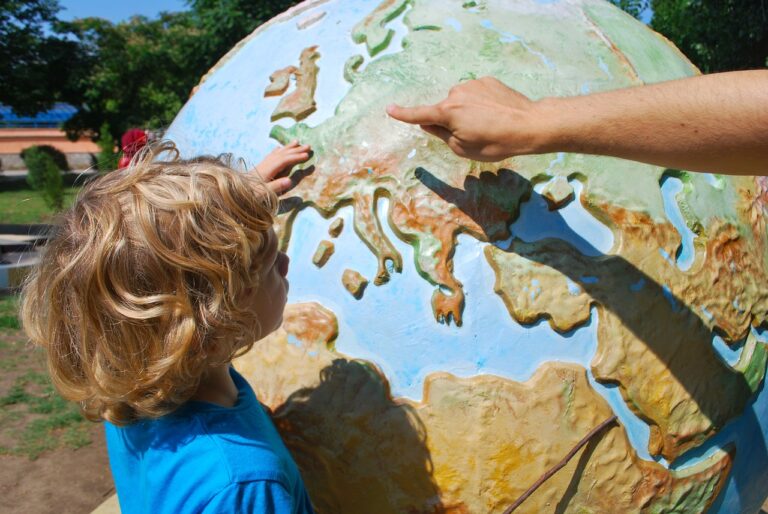The Influence of Geotourism: Exploring Earth’s Geological Wonders and Landscapes
Geotourism focuses on promoting sustainable tourism that highlights the geology and landscape of a region. This concept emphasizes the conservation of natural resources and the education of visitors about the geological significance of a destination. Geotourism encourages responsible travel practices that support the preservation of geological sites for future generations to enjoy.
By emphasizing the geological wonders of a location, geotourism offers visitors a unique opportunity to appreciate the Earth’s natural beauty and learn about its formation over millions of years. This immersive experience allows travelers to develop a deeper understanding and connection to the environment, fostering a sense of stewardship towards protecting our planet’s geological heritage. Ultimately, geotourism aims to create a positive impact on both the environment and local communities by promoting sustainable tourism practices.
Geological Wonders: Uncovering Earth’s Unique Formations
Visiting geological wonders allows individuals to witness the awe-inspiring beauty and complexity of Earth’s natural formations. From intricate caves carved by water over millennia to towering mountains shaped by tectonic forces, these wonders offer a glimpse into the incredible power of geological processes. Each rock layer, each fault line, tells a story that spans thousands, if not millions, of years, inviting visitors to ponder the immense timescales at which our planet operates.
The sheer diversity of geological formations around the globe is staggering, showcasing the range of forces and processes that have shaped our planet over time. Whether it’s the striking rock formations of the Grand Canyon in the United States or the surreal limestone karsts of Halong Bay in Vietnam, these wonders serve as a reminder of Earth’s geological dynamism. By exploring these formations up close, travelers not only marvel at nature’s grandeur but also gain a deeper appreciation for the interconnectedness of geology, geography, and human existence.
• The Grand Canyon in the United States offers a stunning display of rock formations carved by the Colorado River over millions of years.
• Halong Bay in Vietnam features unique limestone karsts that have been shaped by both geological and biological processes.
• Geological wonders like these serve as reminders of Earth’s dynamic and ever-changing nature, highlighting the interconnectedness of geology, geography, and human existence.
Impact of Geotourism on Local Communities
The rise of geotourism has brought both opportunities and challenges to local communities around the world. As travelers seek unique experiences in natural geological sites, communities residing near these attractions are witnessing an increase in tourist traffic. This influx of visitors can bolster the local economy through the revenue generated from accommodations, restaurants, and other tourism-related services. However, the sudden surge in tourism can also strain infrastructure and put pressure on natural resources, leading to concerns about sustainability and conservation efforts.
In addition to economic impacts, geotourism can also have social and cultural consequences for local communities. The heightened exposure to different cultures and perspectives that tourists bring can enrich the social fabric of communities, fostering intercultural exchange and understanding. On the flip side, the influx of tourists may also disrupt local traditions and ways of life, posing a challenge for communities striving to preserve their cultural heritage in the face of increasing external influence. Balancing the benefits and drawbacks of geotourism on local communities requires careful consideration and planning to ensure that the positive outcomes are maximized while mitigating potential negative repercussions.
What is geotourism?
Geotourism is a form of tourism that focuses on the natural geology and landscape of a destination, promoting sustainable travel practices that benefit both the environment and the local communities.
How does geotourism differ from traditional tourism?
Geotourism differs from traditional tourism by placing a strong emphasis on the unique geological features of a destination and promoting conservation efforts to preserve these natural wonders for future generations.
How can geotourism impact local communities?
Geotourism can have a positive impact on local communities by creating new economic opportunities, supporting local businesses, and raising awareness about the importance of preserving natural resources.
What are some examples of geological wonders that attract geotourists?
Geological wonders such as volcanoes, caves, canyons, and rock formations are popular attractions for geotourists who are interested in exploring the unique geological features of a destination.
How can local communities benefit from geotourism?
Local communities can benefit from geotourism by generating revenue from tourism activities, creating jobs in the hospitality and tourism industry, and preserving their natural environment for future generations to enjoy.





